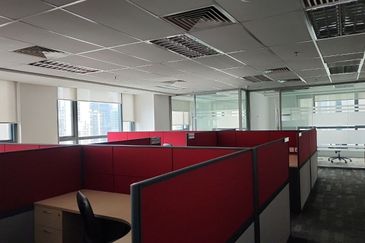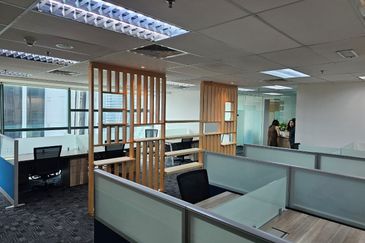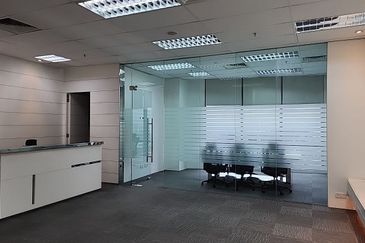LONDON: A falling development pipeline and resurgence of occupier interest is driving a fast-changing market sentiment, reported Drivers Jonas’ 3Q2009 Central London Crane Survey.
The survey noted cautious optimism, as business confidence improves amid a stabilising economy, resulting in increased occupier demand.
“We are seeing more confident tenants and strong take-up for the best space. This will drive stronger rental growth than the market is currently forecasting. If the economy holds, I think we’ll see 10% to 15% growth for the best new buildings next year. But watch out for the poor second-hand space which has further to fall,” said Matthew Elliott, partner and head of transactions, Drivers Jonas.
However, there will be a shortage of new buildings available over the next few years as tenants are growing increasingly aware of the significant interest in the existing Grade A offices. If no action is taken now, tenants will realise that they risk having to compromise on location or specification in the future, said Drivers Jonas.
“Construction of Central London offices has fallen by 18% over the last six months and speculative space is down nearly 50% from the peak 18 months ago. There are just five buildings scheduled for completion post 2010. It looks likely that 2011 and 2012 will see the lowest level of new office completions for over 30 years,” said Anthony Duggan, partner and head of research, Drivers Jonas.
In the city, there are four million sq ft of available Grade A space and 3.1 million sq ft of speculative space under construction and available to let. However, there exists a stratified market within this 7.1 million sq ft where “premium space” is attracting significant interest.
“The Nomura deal signalled the bottom of the market for top-quality space. Now the premium space is being absorbed rapidly with significant amounts under offer. For the best space, landlords are starting to feel bullish and are trying for higher rents and lower incentives,” said Elliott.
The survey revealed a lack of development when the current wave of schemes is completed in 2010, offering very limited choice after 2010. The last six months saw only two new starts -- 55,000 sq ft on Wilson Street due 3Q2010 and 394,000 sq ft over Cannon Street Station due end-2011.
“Where are the next big buildings for Deutsche Bank, Bloomberg and others? Although Minerva has been pilloried over the last year or so, I think they will do well with The Walbrook, just about the only large new building around. With so few large buildings available, major occupiers are going to have to pay significantly higher rents to persuade a landlord to build one for them,” noted Elliott.
The West End market will record the lowest ever volume of occupational deals in 2009, said Drivers Jonas.
Stephen Peers, partner and head of West End agency remains confident that momentum is returning, as he has seen a significant increase in occupier demand in 3Q. The survey supported Peers’ view, noting that recent months have seen encouraging signs of increasing activity, particularly from the financial sector and hedge funds and as the UK economy return to growth, it will bode well for the West End’s diverse occupiers.
With a constrained pipeline of just 42,000 sq ft of speculative space scheduled for completion in 2H2010 and nothing in 2011, rental growth is likely in the West End’s prime markets next year.
There were 12 starts across Central London over the last 12 months, measuring 1.5 million sq ft. In comparison, there were 50 starts of 6.8 million sq ft at the peak of the market.
Completions for 2011/12 are expected to be the lowest on record for over 30 years, meaning this lack of space will inevitably push Grade A rents up. Based on Drivers Jonas’ calculation, sites with active planning permission across Central London could bring 27 million sq ft to market but are hindered by the lack of financing and planning tariffs. Drivers Jonas said the viability of schemes drawn up in a hot market are too big to overcome in the short term.
“While technically the UK is still in a recession, the London occupier market seems to be shrugging this off. Tenants are now competing for the best space, rents and incentives have stabilised and, as long as the economy remains stable, we expect to see an improvement in rents for the best space next year. However, the non-prime market still has a large over-hang of space and will take a significantly longer time to recover,” concluded Duggan.
TOP PICKS BY EDGEPROP

Pangsapuri Seroja
Setia Alam/Alam Nusantara, Selangor

Chimes @ Bandar Rimbayu
Telok Panglima Garang, Selangor

The Parque Residence @ Eco Santuary
Telok Panglima Garang, Selangor

The Bousteador, Mutiara Damansara
Petaling Jaya, Selangor





















